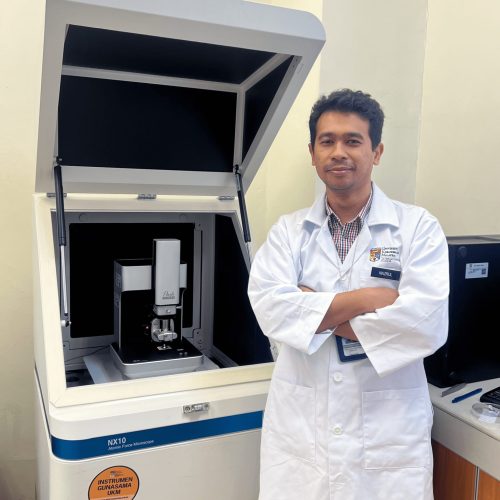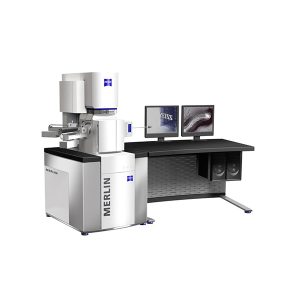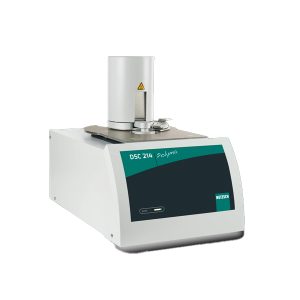Biology and Biotechnology
Proteins, DNA, viruses, bacteriums, tissues
Materials Science
Surface morphology, local piezoelectric properties, local adhesion properties, local tribological properties, surface potential
Magnetic Materials
Magnetic domain structure visualization, observation of magnetization reversal processes that depend on external magnetic field, observation of magnetization reversal processes under different temperatures
Semiconductors, Electric Measurements
Wafers and other structures morphology, local surface potential and capacitance measurements, electric domain structure imaging, determination of heterojunction bounds and semiconductor regions with different doping levels, failure analysis (localization of conductor line failure and leakage in dielectric layers)
Polymers and Thin Organic Films
Spherulites and dendrites, polymer monocrystals, polymer nanoparticles, LB-films, thin organic films
Data Storage Devices and Medias
CD, DVD disks, storages for terabit memories with thermomechanical, electric and other types of recording
Nanomaterials
Nanopowders, nanocomposites, nanoporous materials
Nanostructures
Fullerenes, nanotubes, nanofilaments, nanocapsules
Nanoelectronics
Quantum dots, nanowires, quantum structures
Nanomachining
AFM lithography: force (ac and dc), current (Local anodic oxidation), STM lithography
All enquiries please contact:

MUHAMMAD NAZRUL ZAHARI
Diploma (UiTM) Industrial Chemistry
Email: nazrul87@ukm.edu.my
Contact Number: 03-8911 8512
Location:
Level 3, i-CRIM Centralised Lab, Centre for Natural and Physical Laboratory Management UKM (ALAF-UKM), Research Complex UKM






